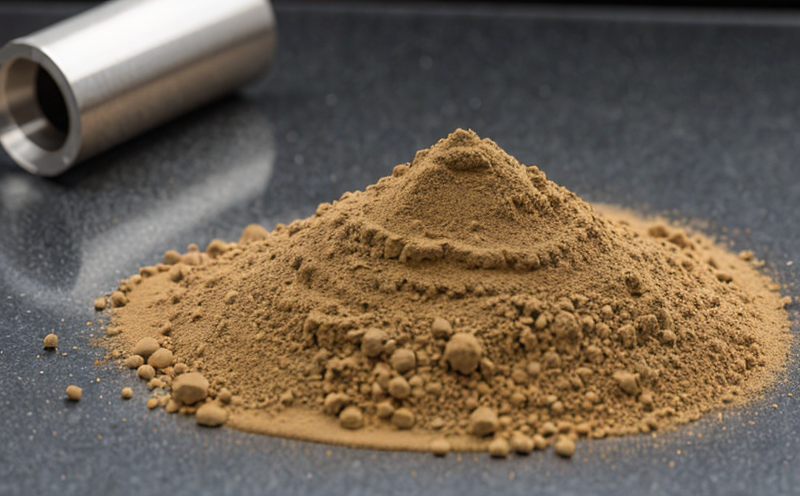ISO 306 Vicat Softening Temperature Testing
The ISO 306 Vicat softening temperature test is a fundamental procedure used to determine the melting point of thermoplastics under specified conditions. This test is particularly relevant for raw materials in additive manufacturing (AM) and 3D printing applications, where understanding material behavior at elevated temperatures is crucial.
Thermoplastics are polymers that soften when heated and harden upon cooling. The Vicat softening temperature provides a critical threshold to assess the thermal stability of these materials. This information is essential for ensuring the reliability and performance of parts manufactured through AM processes, which often involve high-temperature curing steps.
The test involves placing a standard size cylindrical specimen between two plates in a furnace heated at a constant rate. A needle is lowered onto the top surface of the specimen until it just makes contact with the bottom plate. The temperature at which this occurs is recorded as the Vicat softening point. This value represents the temperature at which the material transitions from a solid to a semi-liquid state.
This test aligns closely with quality control and compliance requirements in sectors such as aerospace, automotive, and medical devices where stringent thermal stability is required. It helps ensure that raw materials meet industry standards like ISO 306, ASTM D154, and EN 927-2.
Benefits
- Precise determination of the softening point for thermoplastic materials
- Ensures compliance with international standards like ISO 306
- Supports quality assurance in additive manufacturing processes
- Aids in selecting the right raw materials for high-temperature applications
- Facilitates process optimization by providing thermal stability data
Industry Applications
| Industry Sector | Description of Application |
|---|---|
| Aerospace | Determining the thermal stability of composite materials used in aircraft components. |
| Automotive | Evaluating thermoplastics used for engine and exhaust system parts. |
| Medical Devices | Assessing the safety of implants and devices that may encounter high temperatures during use. |
The ISO 306 Vicat softening temperature test is crucial for ensuring the reliability and performance of components in these sectors. The test data helps manufacturers select appropriate raw materials, optimize production processes, and ensure product compliance with regulatory requirements.
| Material Type | Vicat Softening Temperature Range (°C) |
|---|---|
| Polyethylene (PE) | 135–140°C |
| Nylon 6,6 (PA-6.6) | 219–223°C |
| Polycarbonate (PC) | 178–183°C |
The Vicat softening temperature provides a clear indication of the thermal stability of different polymer types, which is critical for applications that require materials to withstand elevated temperatures.
Why Choose This Test
The ISO 306 Vicat softening temperature test offers several advantages over other methods when evaluating thermoplastics. It provides a standardized approach that ensures consistent results across different laboratories and tests. This consistency is vital for quality assurance and compliance with international standards.
For additive manufacturing, the test helps identify materials capable of maintaining structural integrity during the curing process. By ensuring that raw materials meet the specified softening temperature criteria, manufacturers can reduce the risk of part failure due to thermal stress.
The Vicat softening point is also a key parameter in the design and optimization of AM processes. It enables engineers to select materials that are suitable for high-temperature applications, thereby improving product performance and reliability.





